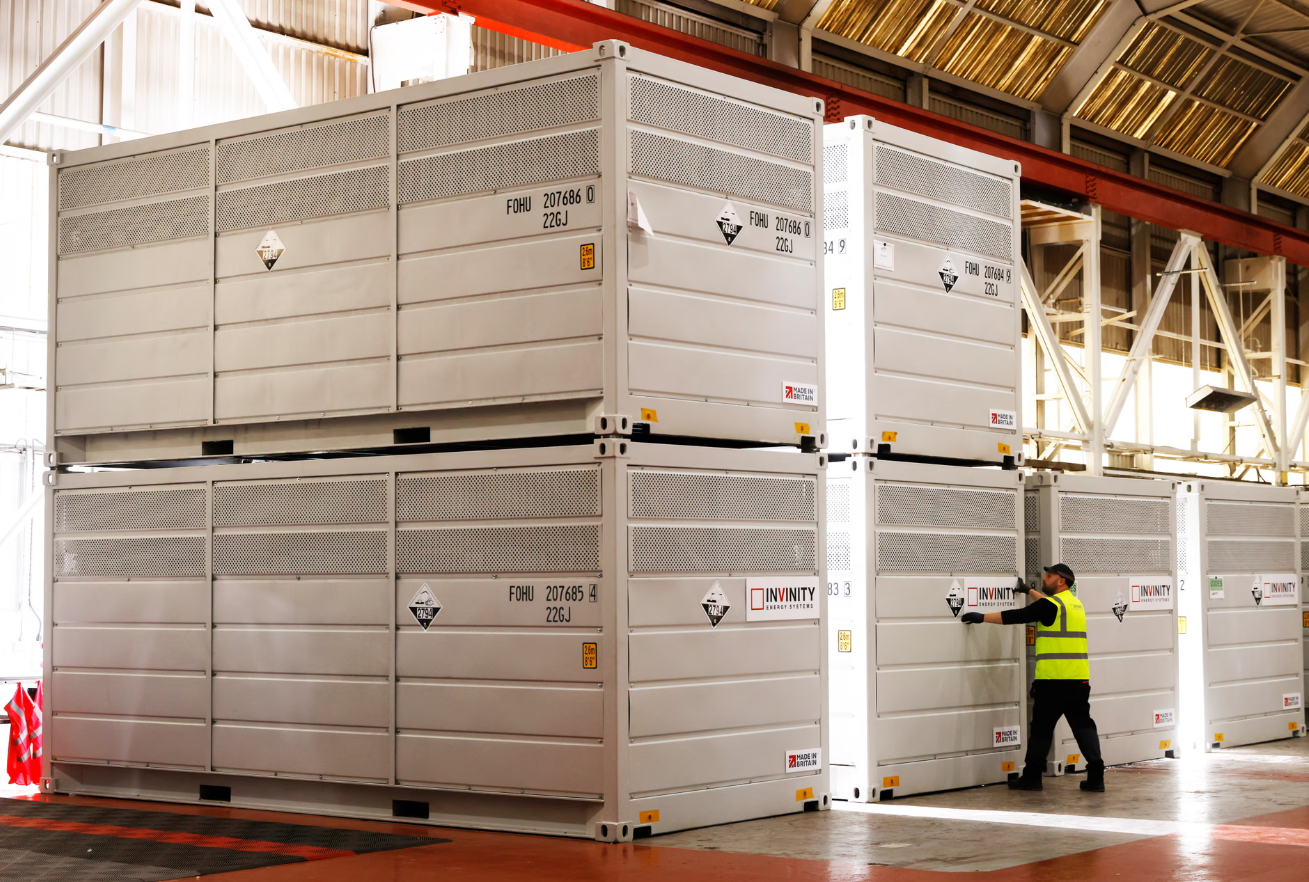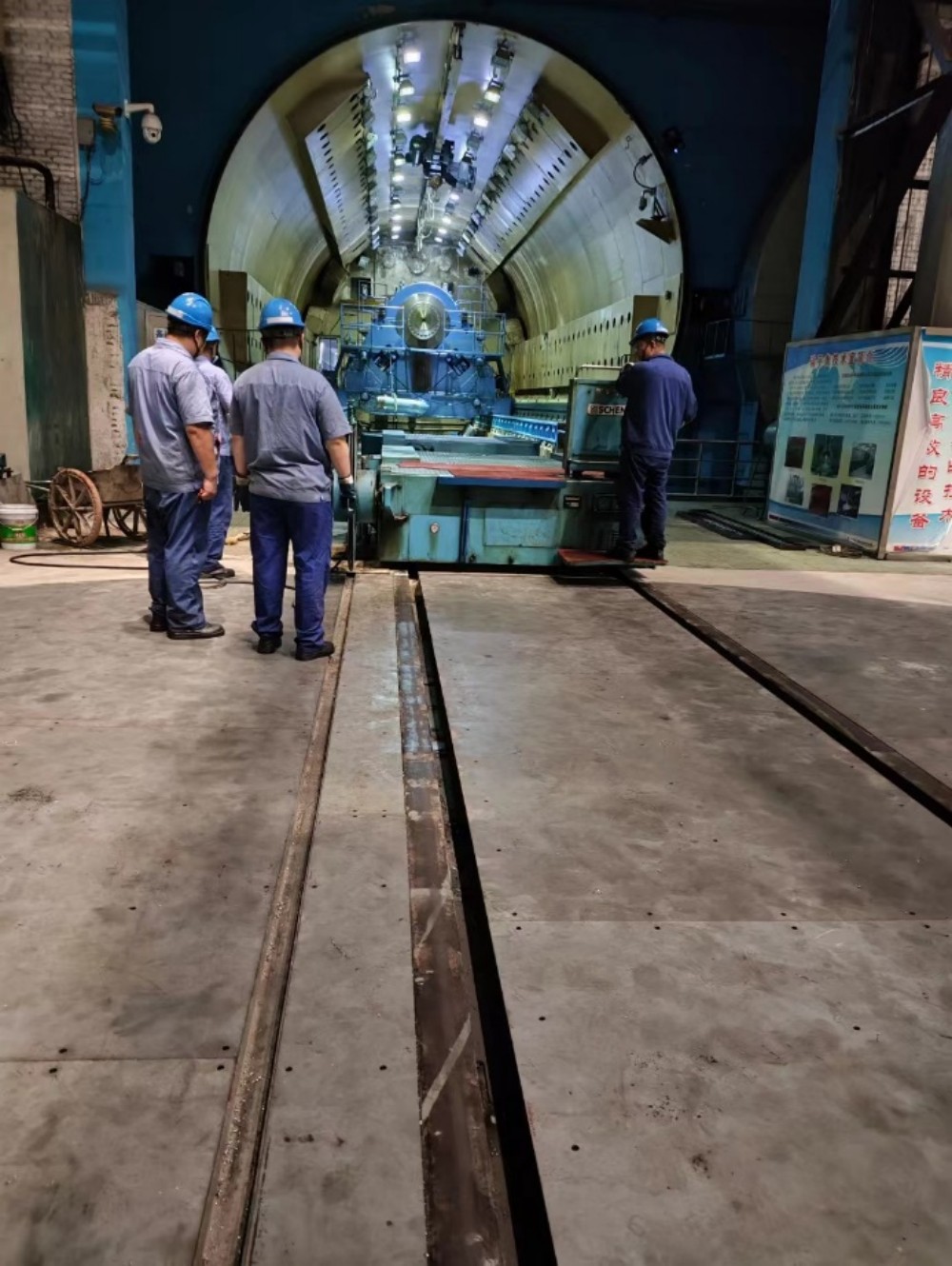In an era where sustainability and environmental consciousness are at the forefront of consumer choices, the debate between cardboard and paper has gained significant traction. Both materials are ubiquitous in packaging, arts, and crafts, but which one truly stands out in terms of functionality, environmental impact, and versatility? This article delves into the nuances of cardboard and paper, providing a detailed comparison to help consumers and businesses make informed decisions.
Understanding the Basics: What Are Cardboard and Paper?
Before diving into the comparison, it’s essential to define what we mean by cardboard and paper.
- Paper is a thin material produced by pressing together moist fibers, typically cellulose pulp derived from wood, rags, or grasses. It is characterized by its lightweight and flexibility, making it suitable for a variety of applications, from printing to packaging.
- Cardboard, on the other hand, refers to a thicker, more rigid material made from multiple layers of paper pulp. It is often used for packaging and structural applications due to its strength and durability. The most common type of cardboard is corrugated cardboard, which consists of a fluted layer sandwiched between two flat liners.
Strength and Durability: The Performance Metrics
When it comes to strength and durability, cardboard generally outperforms paper. The layered structure of cardboard provides enhanced resistance to compression and bending, making it ideal for shipping and storing goods. For instance, corrugated cardboard boxes can withstand significant weight and pressure, ensuring that products remain intact during transit.
In contrast, paper is more susceptible to tearing and damage under stress. While it can be reinforced through various treatments (such as lamination), it typically does not match the inherent strength of cardboard. Therefore, for applications requiring robust protection, cardboard is often the preferred choice.
Environmental Impact: A Closer Look at Sustainability
Both cardboard and paper are derived from renewable resources, but their environmental footprints differ significantly.
- Recyclability: Both materials are recyclable, but cardboard has a higher recycling rate due to its widespread use in shipping and packaging. The recycling process for cardboard is well-established, allowing it to be repurposed into new products with minimal energy consumption.
- Biodegradability: Cardboard and paper are both biodegradable, but cardboard tends to break down more slowly due to its thicker composition. However, both materials can decompose naturally in a landfill or composting environment, making them preferable to plastic alternatives.
- Resource Consumption: The production of paper often requires more water and energy compared to cardboard, particularly when considering the various treatments and coatings that paper products may undergo. Cardboard production, while still resource-intensive, can be more efficient when produced from recycled materials.
Versatility in Applications: Where Each Material Shines
The choice between cardboard and paper often hinges on the specific application.
- Cardboard is favored in packaging, especially for shipping and storage. Its ability to be molded into various shapes and sizes allows for customized solutions that protect products during transport. Additionally, cardboard is increasingly being used in furniture design and construction due to its lightweight yet sturdy nature.
- Paper, on the other hand, excels in applications requiring a finer touch. It is the material of choice for printing, writing, and artistic endeavors. Specialty papers, such as those used in stationery or fine art, offer textures and finishes that cardboard cannot replicate.
Cost-Effectiveness: An Economic Perspective
From a cost perspective, both materials are relatively inexpensive, but the choice may depend on the intended use. Cardboard tends to be more cost-effective for bulk packaging solutions, while paper may be more economical for smaller, specialized applications. Businesses must weigh the initial costs against the long-term benefits, including durability and customer satisfaction.
Conclusion: Making the Right Choice
Ultimately, the question of Which is better, cardboard or paper? does not have a one-size-fits-all answer. The decision should be based on the specific needs of the application, considering factors such as strength, environmental impact, versatility, and cost. For packaging and structural applications, cardboard often emerges as the superior choice due to its durability and protective qualities. However, for artistic and printing purposes, paper remains unmatched in its versatility and aesthetic appeal.



More Stories
How SBR Rubber Sheets Are Manufactured: From Compounding to Vulcanization
Exploring New Chapters of Development Together! Shuifa Singyes New Materials Participates in C-Touch & Display Shenzhen 2025 and Commercial Display
Design Considerations for Transparent Toast Bags Used in Professional Bakery and Bread Packaging Lines